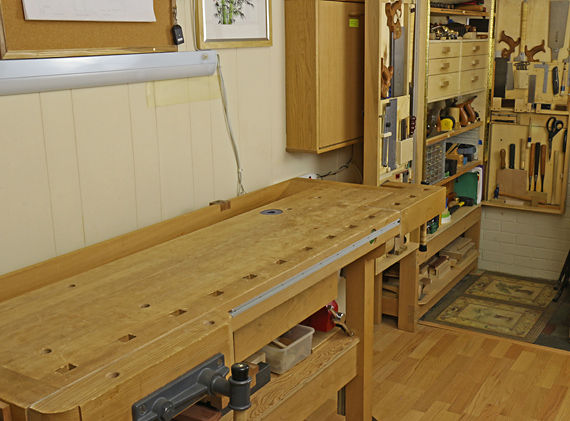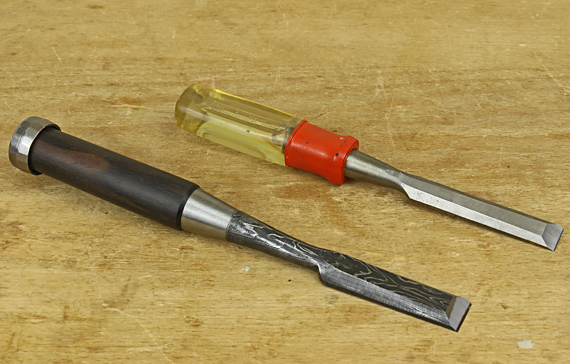
Who is learning? Who is a student of woodworking? All of us, I contend, are, or at least should be, and almost always.
Now, the healthy innocence of a student, not to be confused with a lack of confidence, is apparent when you start learning a new fundamental skill, such as paring with a long paring chisel. The same is true when you apply solid basic skills to a completely new task, such as using your layout, sawing, and chiseling skills to execute unfamiliar joinery, such as a multiple mortise and tenon.
However, the presence of a learning situation is not so apparent at other times. An example, might be when you use a skill set that you have long mastered, such as cutting a through dovetail joint, in a different circumstance. You are very good at making that joint but this time the wood is different, a bit harder perhaps, and your customary slope ratio creates problems. You discover that you must also adjust your tolerances, tooling, and expectations.
Thus, this too is a learning situation but you may not recognize it as such. You are, in effect, overconfident. Worse, you are mentally closed but you should be open.
I believe that an absolute requirement for learning is to first recognize and accept that I do not, right now, know. Experience and previous successes must not obscure this.
To learn – and learn, we must – we have to see the door, open the door, and walk through it.
The late, great basketball coach John Wooden: “It is what you learn after you know it all that counts.”


